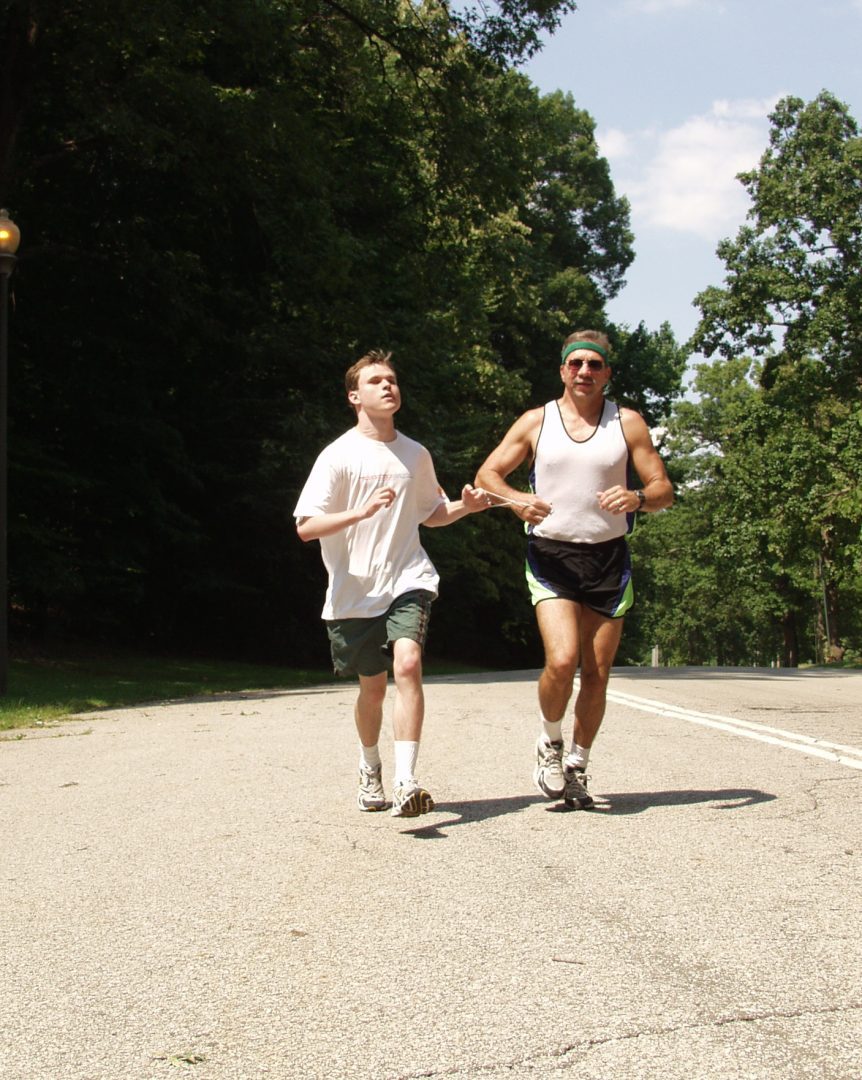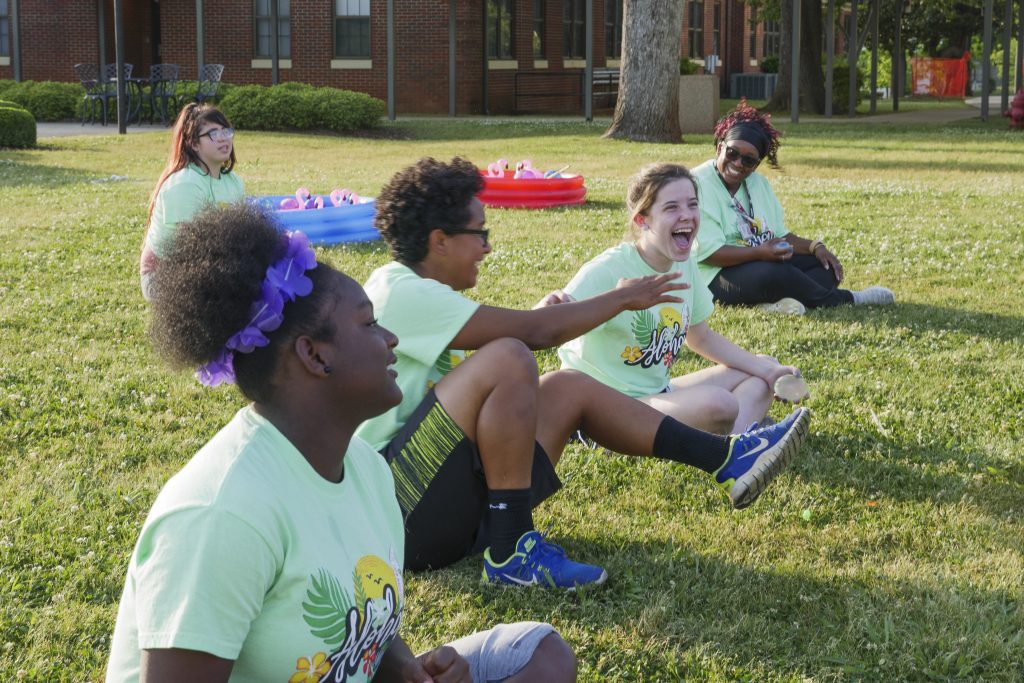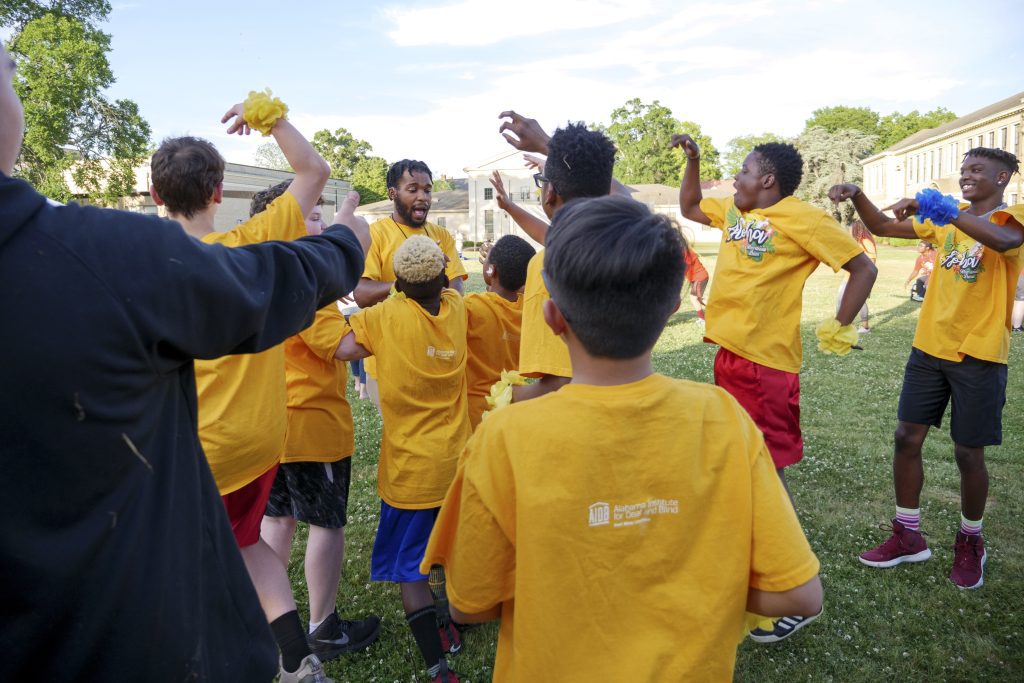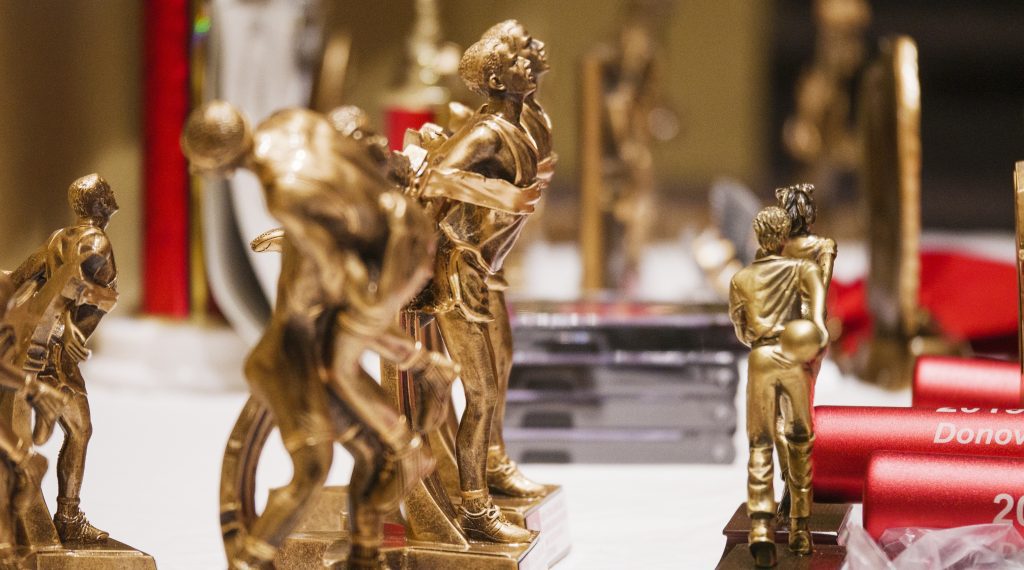To ensure gift delivery by 12/25, please place orders via UPS shipping no later than 12/17.
CloseExploring the World of Adapted Physical Education: Enhancing Inclusivity for Blind and Low Vision Students- Adapting Traditional PE Activities

Traditional P.E. activities can be found in almost every gym class, so making them accessible is very important. Running, jumping, and team sports are activities that students who are blind or low vision can still participate in with the right adaptations!
Paralympian Amanda Dennis explains things that helped her in her P.E. classes. “When we were running, I was given someone to run in front of me or someone to run with me, so I wouldn’t accidently step off the track.” Running with a tether is also a great way for students who are blind or low vision to participate in any running activity during the class!
Amanda also talks about how she was able to participate in team sports. “When we started our volleyball unit, we used a huge ball that was highlighter yellow.” By the time her class moved on to the T-ball unit they used a kickball instead of a baseball. She explains that when her class was learning how to play soccer, “They put a sound source on the soccer ball by covering it in plastic bags.” All three of these small changes made it possible for her to participate in team sports during P.E. classes.
These techniques, such as making the ball bigger, brighter, or louder, are great ways to make P.E. classes more accessible. Amanda also suggests that students should “have a sighted buddy.” By having a buddy, the student who is blind or low vision can follow them around and have an easier time understanding what is happening on the field or in a game.
Safety is important for every student in P.E. classes, so the same measures should be extended to students who are blind or low vision, but it is important to not sacrifice participation. Amanda puts it this way, “You don’t want to put too many safety measures in place. It will take away from the team sports.” This is where having a buddy also can help, as the sighted student can help ensure that the student who is blind or low vision isn’t going to run into something or get hit by anything. Having a Teacher of the Visually Impaired in the class will also create a safer atmosphere since they will be able to watch their student all the time.
Running, jumping, and team sports are important for every student’s development. Using some of these simple techniques, P.E. classes can be a more inclusive and fun space for students who are blind or low vision!
Watch for the next blog in the series to continue learning about Adapted Physical Education!
Share this article.
Related articles

Adapted Physical Education: Enhancing Inclusivity for Blind and Visually Impaired Students: The Future of Inclusive P.E.
No child should be left out of an activity due to being blind or having low vision. Unfortunately, this happens...

Exploring the World of Adapted Physical Education: Enhancing Inclusivity for Blind and Visually Impaired Students: Partnering with the Blind and Visually Impaired Community
Finding a way to adapt to a sport and building a community with other athletes can be a challenge. Many...

Exploring the World of Adapted Physical Education: Enhancing Inclusivity for Blind and Visually Impaired Students: Overcoming Challenges and Addressing Concerns
Parents and physical education teachers may hesitate when it comes to allowing their child or student who is blind or...
